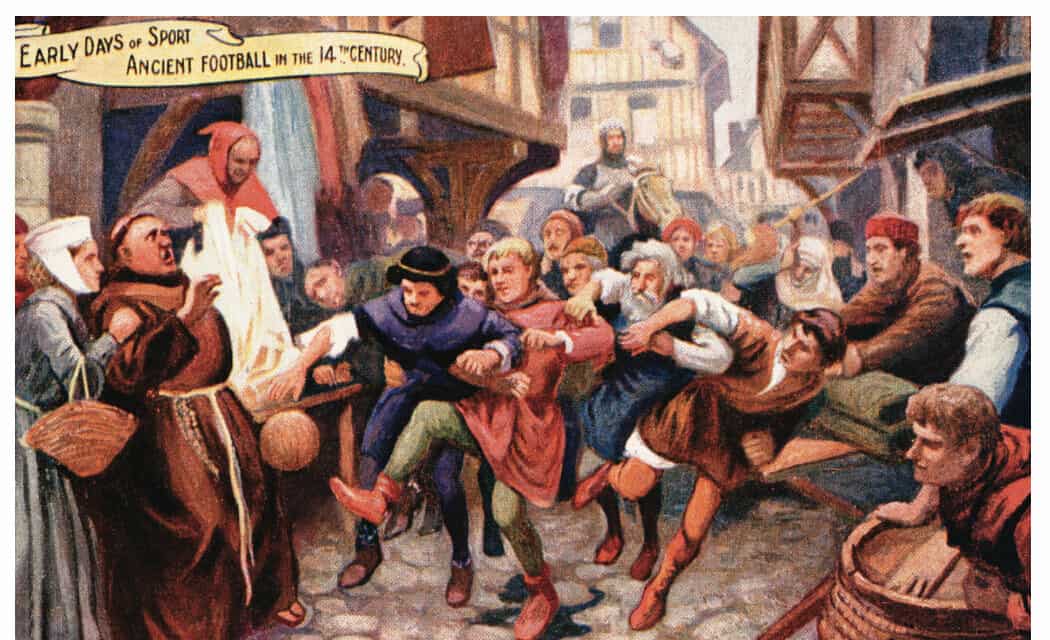According to Hollywood, the medieval world was a drab one, with buildings of unadorned gray stone, and people running around clad in dull tones of brown. In reality, people in the middle ages were crazy for vibrant colors, the more – and more garish – the merrier. Following are thirty things about that and other lesser-known medieval facts.

30. The Medieval World Was Not as Drab as Depicted in Movies
If we go by modern depictions of the middle ages in movies and on TV, we would have to conclude that the period must have been a pretty drab one. Just about everybody is shown wearing dull brown clothes, occasionally broken by a bit of black thrown into the mix. Buildings are either plain brown wood for the lower classes’ dwellings or unadorned stone grey for the castles of the aristocratic elites or the churches and cathedrals of the usually brown-clad clergy.

The reality however is that medieval people, far from restricting themselves to shades of brown and black, tried to get as colorful as they could whenever possible. People in the middle ages liked to take a paint brush to anything that couldn’t move, and liked to pack as many colors into their wardrobe as possible. Those with means would decorate their walls with vibrant tapestries and frescoes, and clothing would have a splash of color by way of trim, or the whole thing might be dyed.

